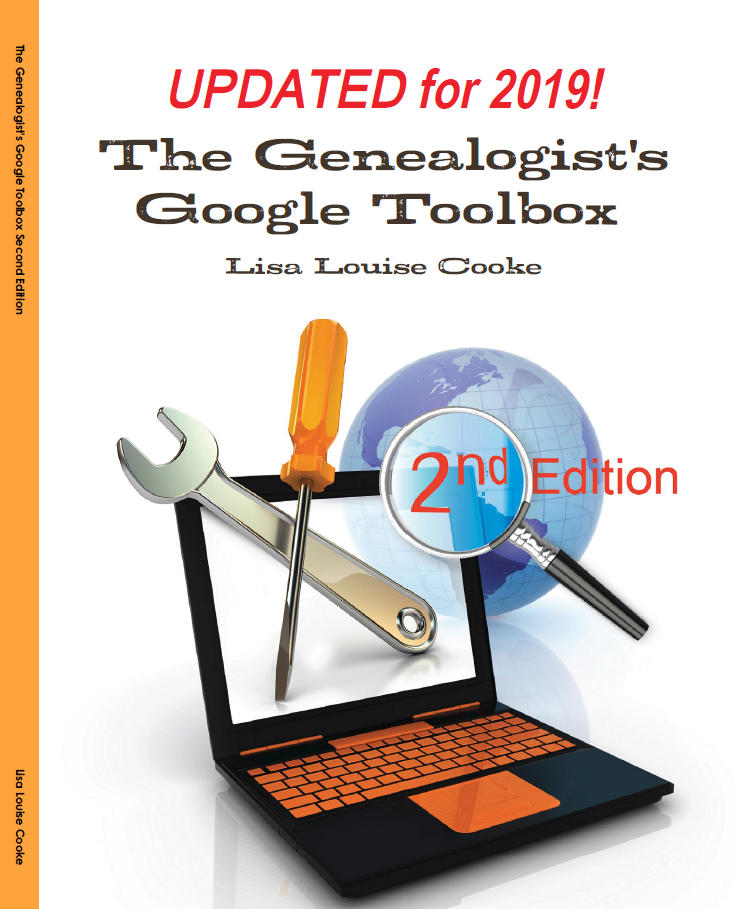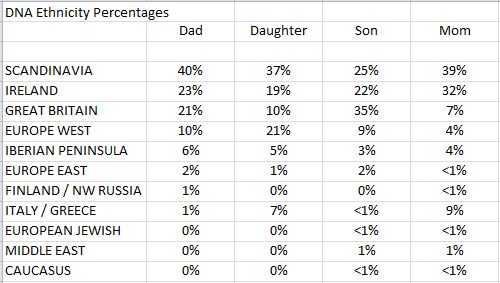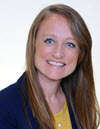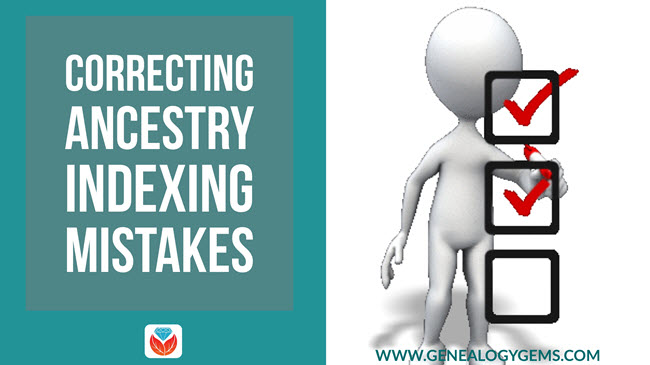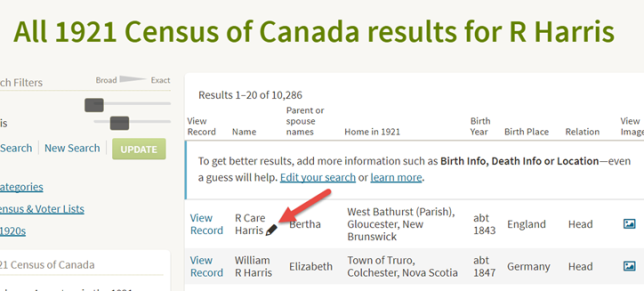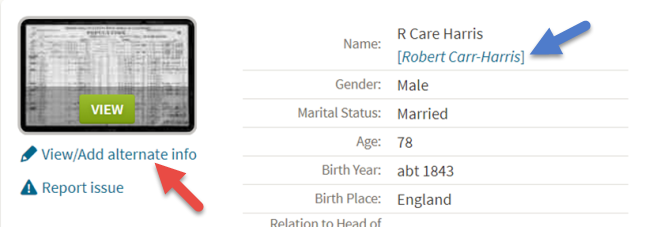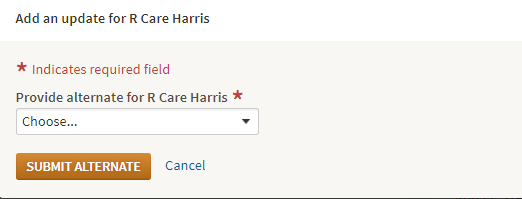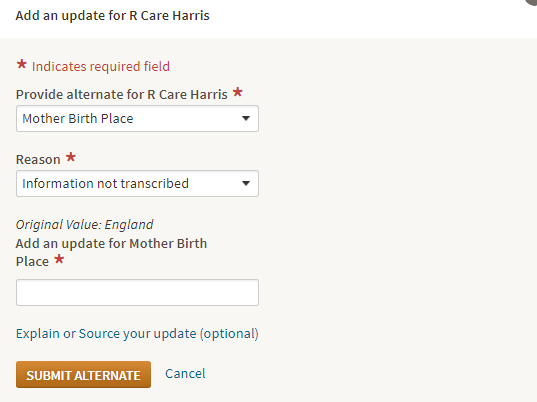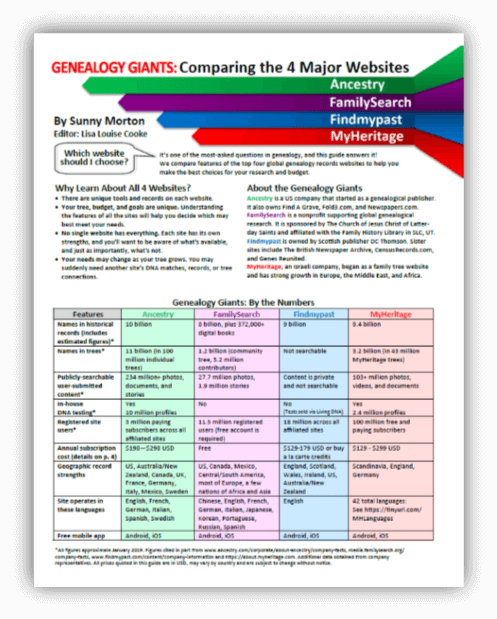How Cloud Backup Helped One Genealogy Gem Get Closer to Living a Paper-Free Genealogy Life
Every genealogist eventually finds themselves with more paper than they know what to do with. Records, photos, letters, and other ephemera inevitably begin to pile up in the pursuit of our ancestors. So how do you preserve it and protect it for future generations? One Genealogy Gems listener wrote in with the online tool that has her one step closer to living a paper-free life.
Have you dreamed of living a paper-free genealogy life? One where there are no sticky notes surrounding your computer screen and–not so much paper piling up on your desk that your actual remaining work surface is about the size of a sticky note? It happens to the best of us! And much of the reason is we haven’t felt confident about our ability to keep digitized versions of the paper truly safe.
That’s all changing, and a long time Genealogy Gem, Michelle, recently wrote in about her journey to living an almost paper-free genealogy life:
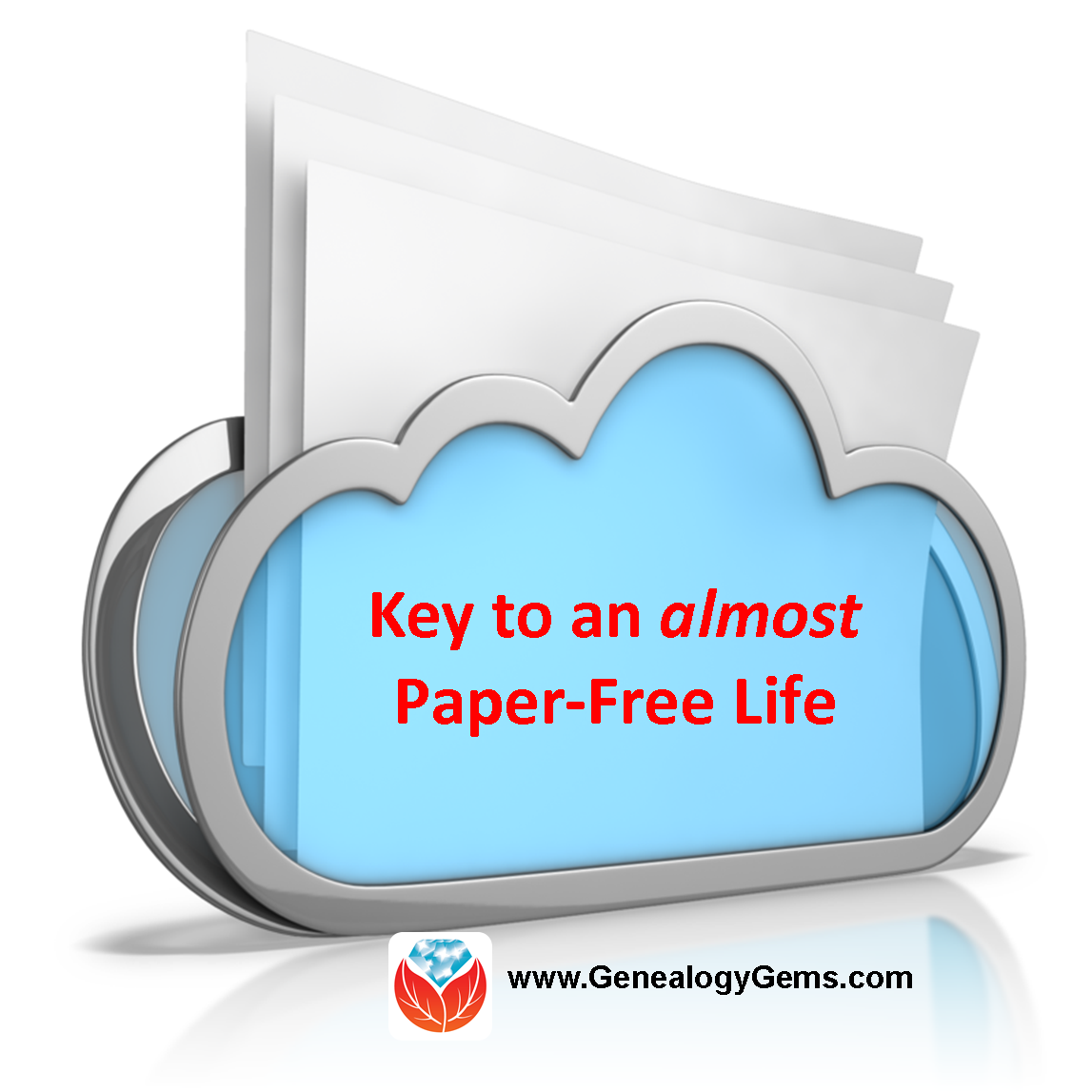
“Dear Lisa,
I wanted to let you know that I just purchased Backblaze to back up my files. I thought you might be interested in my story.
I did my first genealogy project in high school in 1971 and got an A+ on it. I’ve attached the title page for you to enjoy. Well, that project ignited my lifelong passion for family history. During the past 44 years, I’ve amassed a LOT of documents, photos, and videos as you can imagine.
This past year I retired and began the task of scanning all of these items for a couple of reasons:
- I wanted them to be protected.
- I wanted everyone to be able to use them and benefit from my lifetime of research.
I purchased a few external hard drives for storage but couldn’t bring myself to toss much of the physical items at all due to fear of the hard drives failing.
I tried several cloud services but none of them fully met my needs.
Then (on The Genealogy Gems Podcast) I heard your endorsement for Backblaze and tried it out. I knew immediately this was the service for me, especially because you vetted it out and I trust you completely. Now I can finally toss all that unnecessary paper and almost live a paper-free genealogy life!
Thank you for all the wonderful things you do for the genealogy community. You are a hero in my eyes.
A loyal friend and listener,
Michelle”
Thank YOU Michelle for writing in, sharing your story about how you are using cloud backup as part of your paperless strategy, and your kind words. Backblaze is the official cloud backup of Genealogy Gems and we truly appreciate their sponsorship which helps keep The Genealogy Gems Podcast available for free to all genealogists.
And Michelle is very lucky because she even has a record, in the handwriting of her youth, of when she first caught the genealogy bug. This is an original document that she will probably want to keep in paper form. But whether you scan and toss or scan and keep, having your digital files backed up keeps them safe.
Below Michelle shares the rough draft of the foreword to her paper that describes her first encounter with her Grandma on the subject of family history.
“Grandma, how do you remember all this? Do you have it written down somewhere?”
“No,” she replied, “It’s all in my head”
I couldn’t believe how she knew everyone’s extended family – names, dates, places, and a biography of each one. She had a whole family history living in her head.”
And now Michelle does too! Do you?
Your Cloud Backup Questions Answered
Click below to watch my free video class that answers YOUR questions about cloud backup. You’ll learn all about what cloud backup is, how it works, what services are available, and most importantly, how it can save your previous files from being lost or destroyed.
Protect Your Data with the Cloud
If you’re ready to protect your data, there’s no one I trust more than Backblaze.
Get peace of mind knowing your files are backed up securely in the cloud. Backup your Mac or PC just $6/month – that’s about the cost of one latte!
It’s incredibly easy to sign up, and you can even opt for a 15-day trial to make sure Backblaze is right for you. Click here to learn more and sign up now.
Disclosure: This article contains affiliate links and Genealogy Gems will be compensated if you make a purchase after clicking on these links (at no additional cost to you). Thank you for supporting Genealogy Gems!
This article was originally published on July 2, 2015 and updated on April 12, 2019.

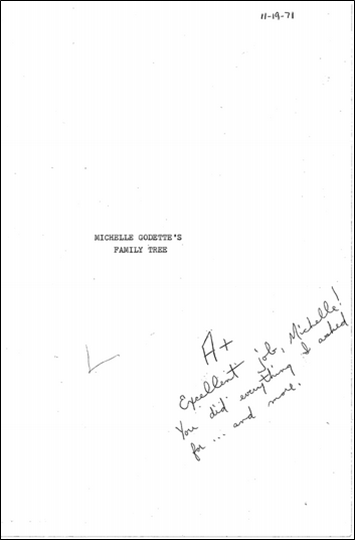


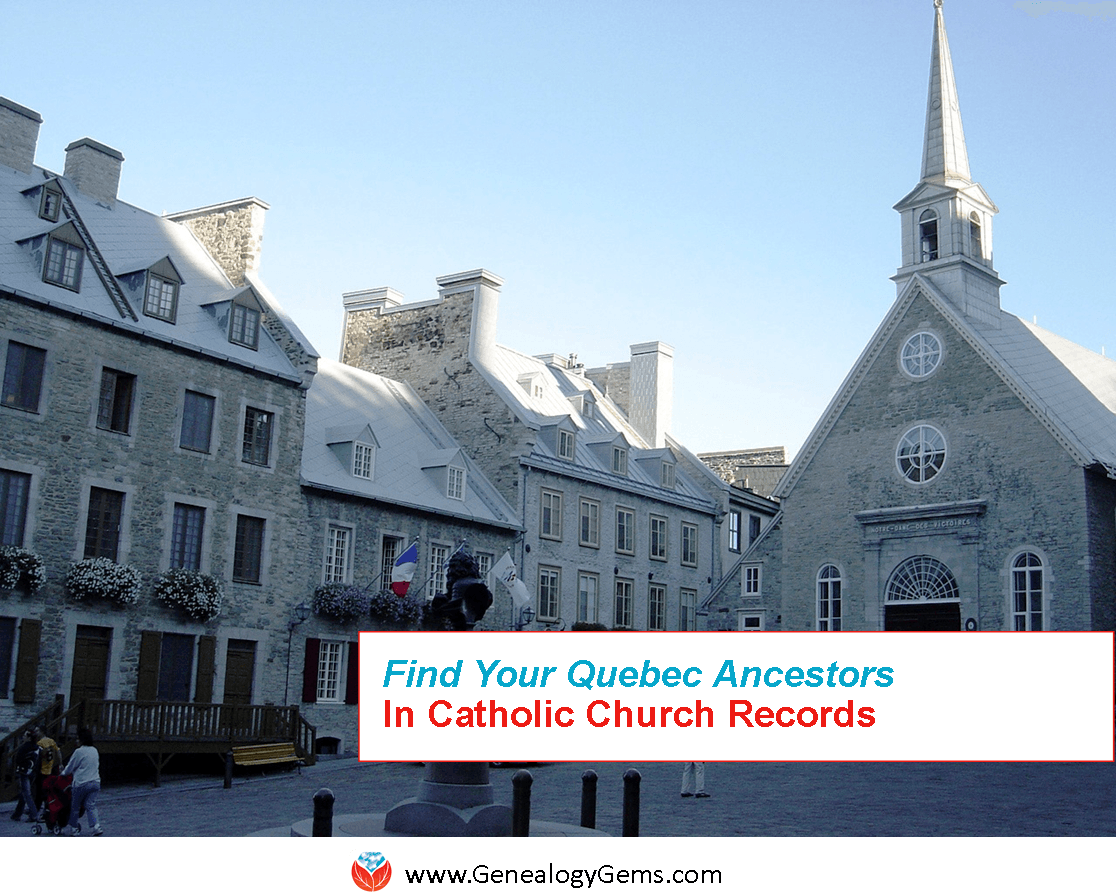

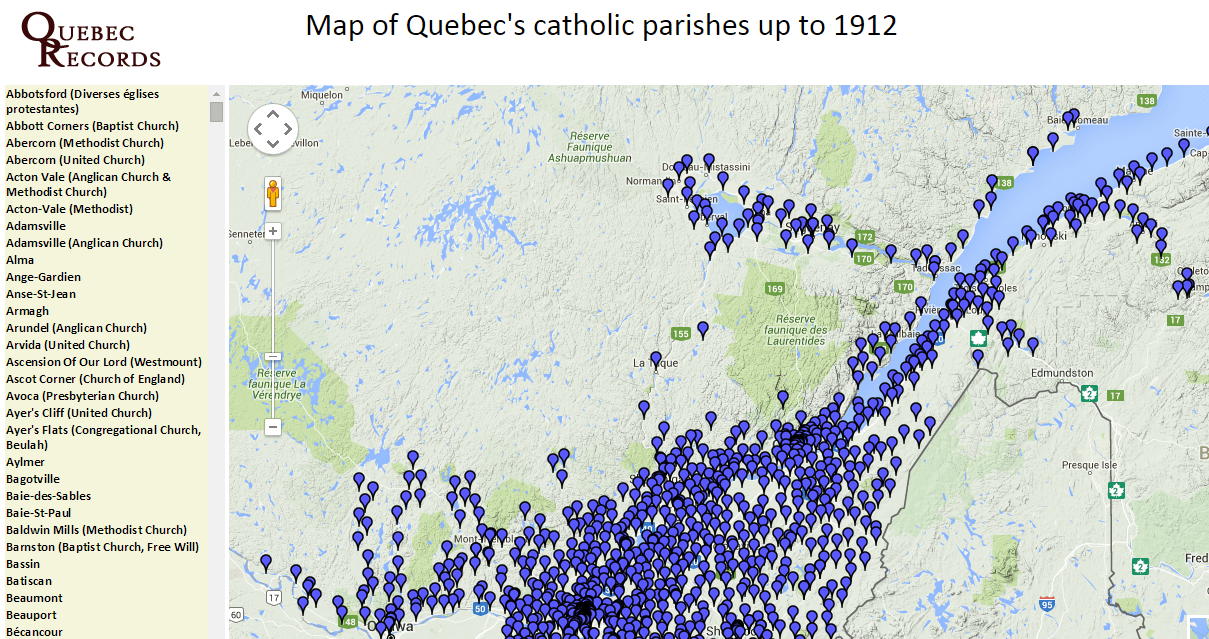
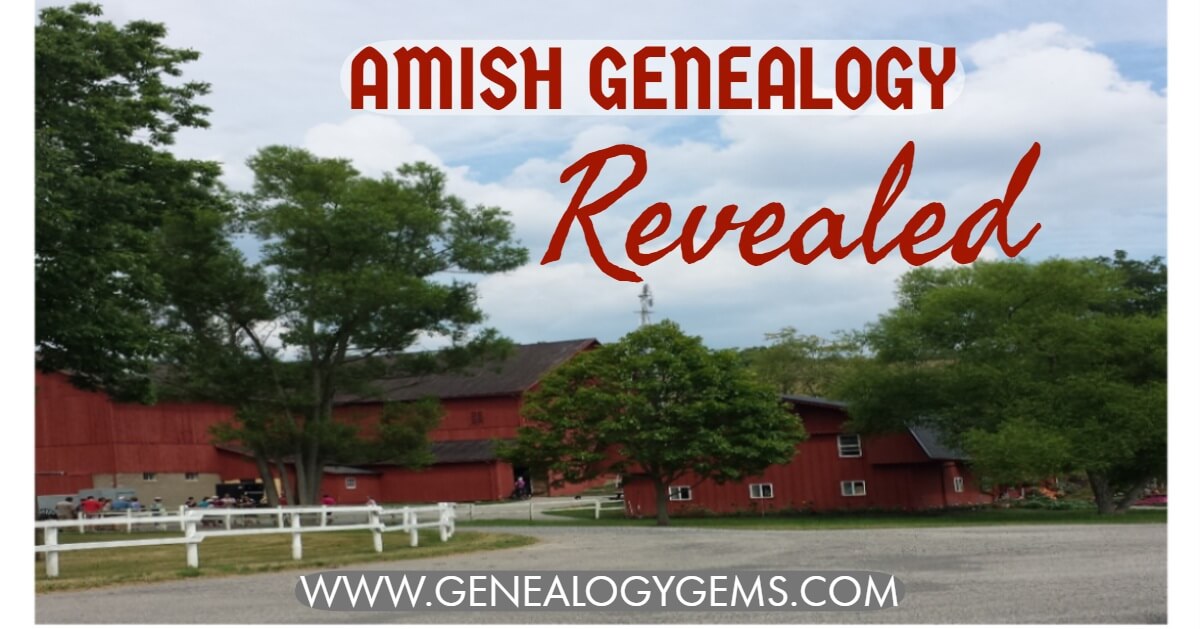
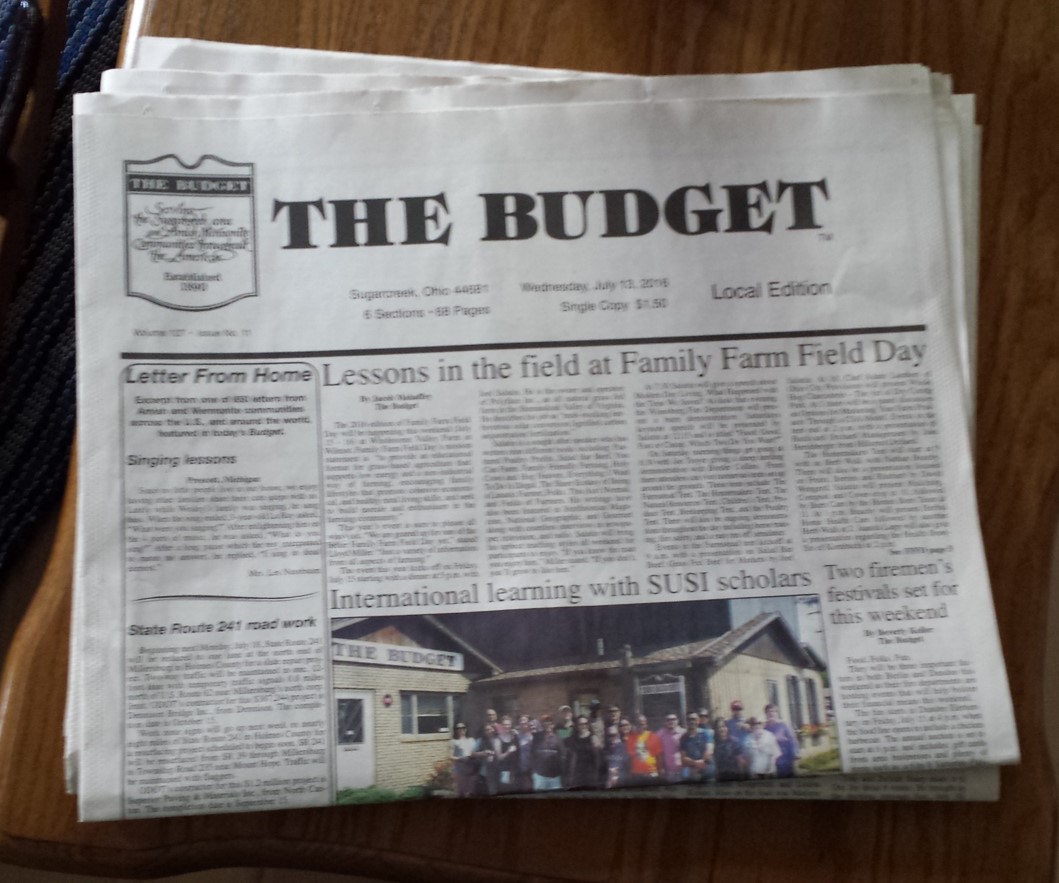 Each weekly edition comes out on Wednesday and the cost is $1.50 per paper. However, you can save by signing up for a 6-month, 1-year, or 2-year subscription. They have local and national editions and you can check out all the subscription prices at
Each weekly edition comes out on Wednesday and the cost is $1.50 per paper. However, you can save by signing up for a 6-month, 1-year, or 2-year subscription. They have local and national editions and you can check out all the subscription prices at 